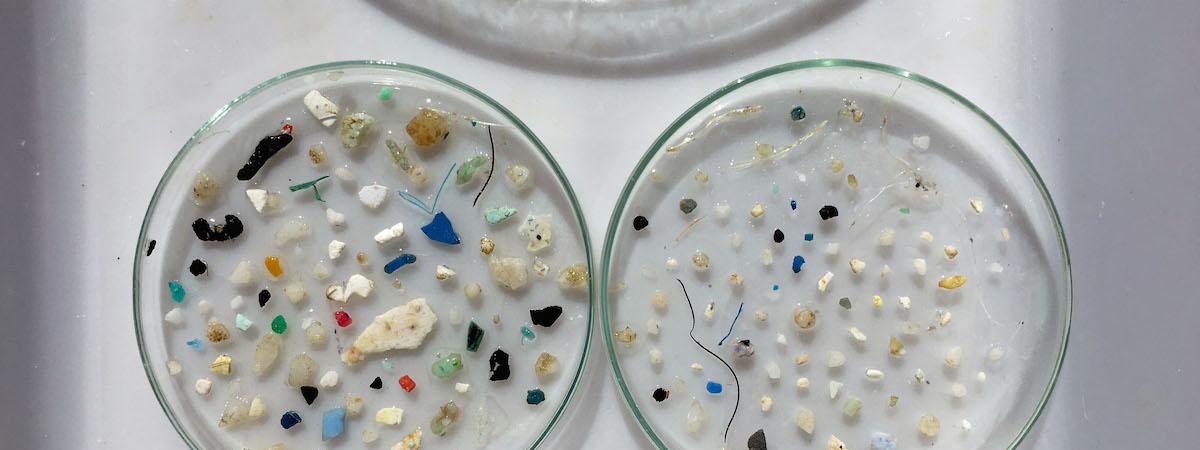Tara-Jambio mission: studying microplastic pollution in Japan
If the Japanese coasts are known to shelter a significant biodiversity, they are also known for their high concentration of microplastics, these particles of a size between 0.3 and 5 millimeters, forming a pollution almost invisible to the eye, complex and difficult to treat. Identify and better understand the fragmentation of this plastic waste and its accumulation in the waters and marine sediments of the coasts of Japan, assess their potential effects on local marine biodiversity and increase general awareness of current environmental issues threatening the Ocean: these are the objectives of the Tara-Jambio Microplastics Mission, which began in early 2020 in Japan, should continue until 2023 and has just delivered its first results.
A mission led by the Tara Ocean Foundation Japan and the Jambio network
With its partner Jambio (Japanese Association for Marine Biology, http://jambio.jp), bringing together more than twenty marine stations located along the coasts of Japan, from the Northern island of Hokkaido to the island chain of Okinawa in South of the archipelago, also with the support of agnes b. and from the Véolia group, the Tara Ocean Foundation and its Tokyo representative office launched this ambitious mission regarding the pollution of Japanese coastal waters using a research model (according to a protocol and international standards) almost similar to the model of the Tara Microplastics mission carried out in 2019 in nine major rivers in Europe.
With two main objectives:
- Scientific: assess the plastic pollution of the Japanese coasts, on the surface and in the sediments; assess the harmfulness of the «plastisphere» in these coastal waters and the effects of microplastics on the meiofauna (small animals living in the sediments) under natural conditions;
- Educational: increase awareness of plastic pollution and other threats facing the oceans with the participation of local populations, the educational community, artists and alternative media.
Systematic sampling in surface waters and marine sediments
Process of sampling campaigns
The first samples from the Tara-Jambio mission were taken at sea off Shimoda (Shizuoka prefecture, South-west of Tokyo), from April 2020, as part of a monthly sampling campaign carried out according to the established protocols. They continued in the fall of 2020 in partnership with the marine stations of 6 Japanese state universities: Okayama, Hiroshima, Shimane, Kyushu, Nagoya and Tsukuba. Samples of microplastics were taken from surface waters with a Neuston net; in sediments with a Smith McInthyre caisson and on the beaches of Western Japanese coasts, near the marine stations of these universities.
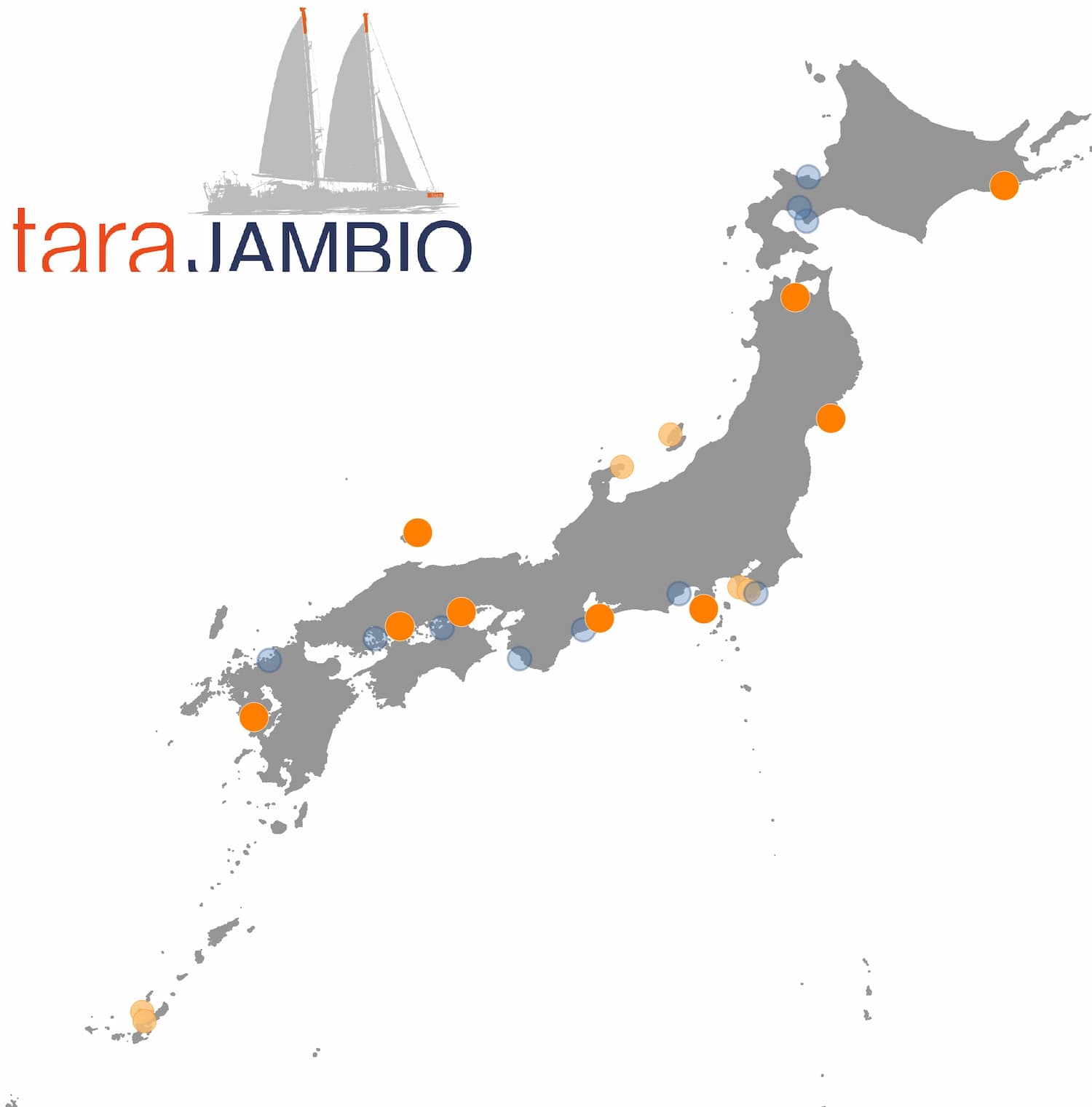
A new sampling campaign took place in July and August 2021, in collaboration with the universities of Tohoku and Hokkaido, during which the Tara-Jambio team sampled off the coast of Onagawa (Miyagi prefecture), Asamushi (Aomori prefecture) and Akkeshi (Hokkaido). Other campaigns are planned for 2022, in Noto with the University of Kanazawa, in Sadoshima with the University of Niigata, in Misaki with the University of Tokyo, in Tateyama with the University of Ochanomizu and in Sesoko with the University of Ryukyu – campaigns which will of course depend on the pandemic situation and the lifting of restrictions.
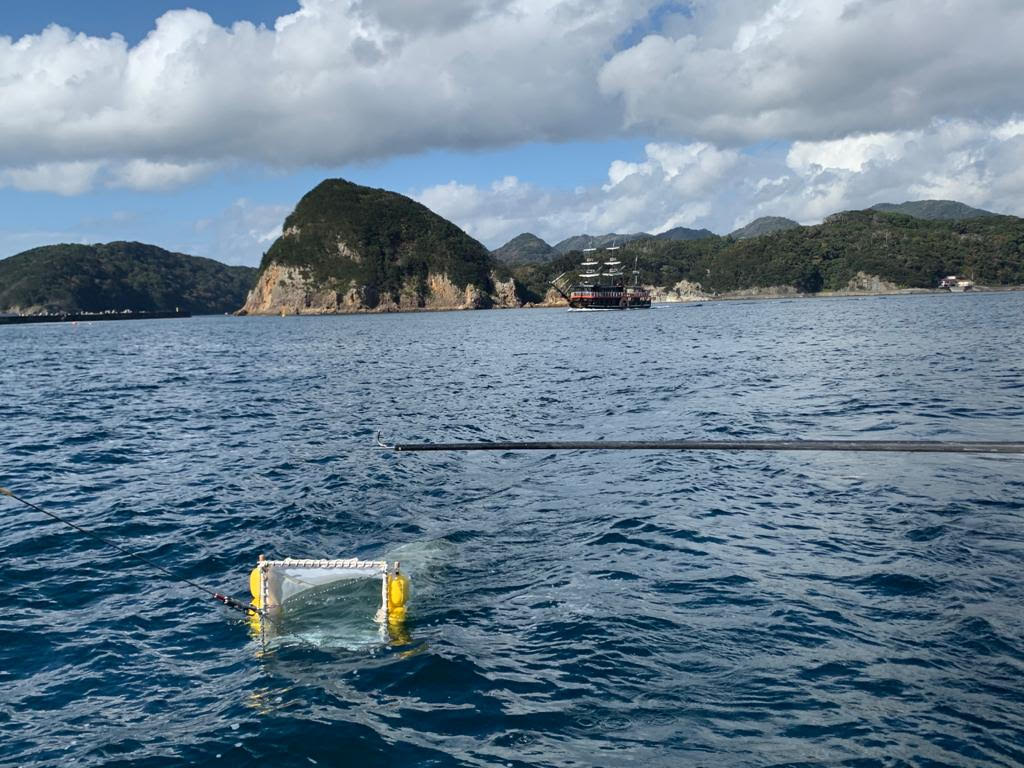
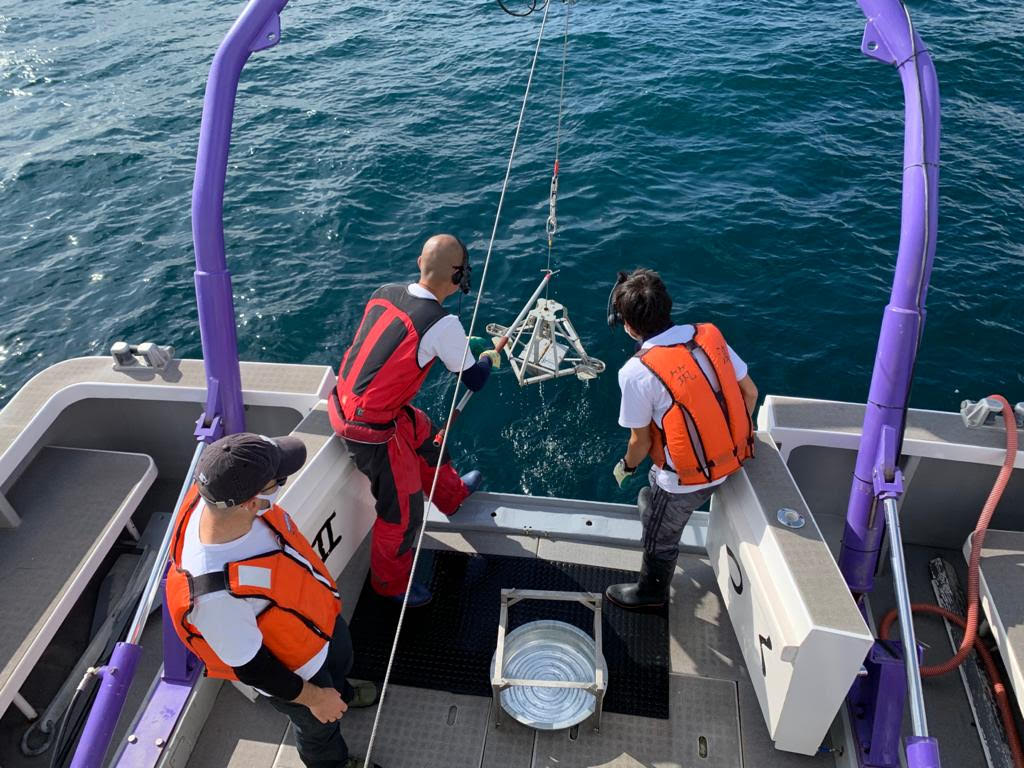
More than 200 samples taken
With more than 200 samples taken for the study of microplastic concentrations, the Tara-Jambio mission represents to date the largest study ever conducted along the coasts of Japan on this microplastic pollution, both in coastal waters and in the sediments.
Studying “Plastisphere” and the micro-organisms associated to plastic waste
While sampling along the Japanese coastline has been delayed by the Covid-19 pandemic, the research, coordinated by Sylvain Agostini, scientific Director of the mission and researcher at the Shimoda Marine Research Center (University of Tsukuba), has been carried out with the idea not only of evaluating and quantifying the degree of pollution of Japanese coasts with microplastics, but also of identifying the sources of pollution and determining the nature of the microorganisms associated to the plastic particles sampled.
Tara-Jambio is also a study of the «plastisphere» and the marine ecosystem formed by microorganisms (including viruses, bacteria and protists), for some biotoxic, colonizing microplastics.
Tara-Jambio researchers note in their 2020 report that «studies have shown that fouling microplastics have also been shown to be more biotoxic than virgin plastic and may alter the physiology and survival of marine organisms or even pose a health threat. human (…) It has been found that microplastics travel long distances across the oceans and could therefore act as a raft for pathogens or invasive microorganisms.»
It is essential to document the microbial communities attached to microplastics in order to assess their potential effects on marine ecosystems and impact on human health. During the Tara-Jambio project, the microbial communities attached to the sampled microplastics, the plastisphere, are analyzed using next-generation sequencing method targeting prokaryotes and protists. In addition, to assess the difference and the potential impact on local biodiversity, the environmental DNA (eDNA) is studied at the sampling sites. These are DNA fragments found in nature, detectable in water for a few days after the passage of living organisms.
This is the first study of the plastisphere along the Japanese coast. A number of environmental parameters – around forty – have been systematically screened. Data on conductivity, salinity, oxygen concentration, depth, temperature and chlorophyll concentration were recorded for each site using a profiler. Were also analyzed the turbidity of surface waters and deeper waters – the suspended particles disturbing their clarity. Surface water was also sampled for the study of the microbial community and organic matter concentrations.
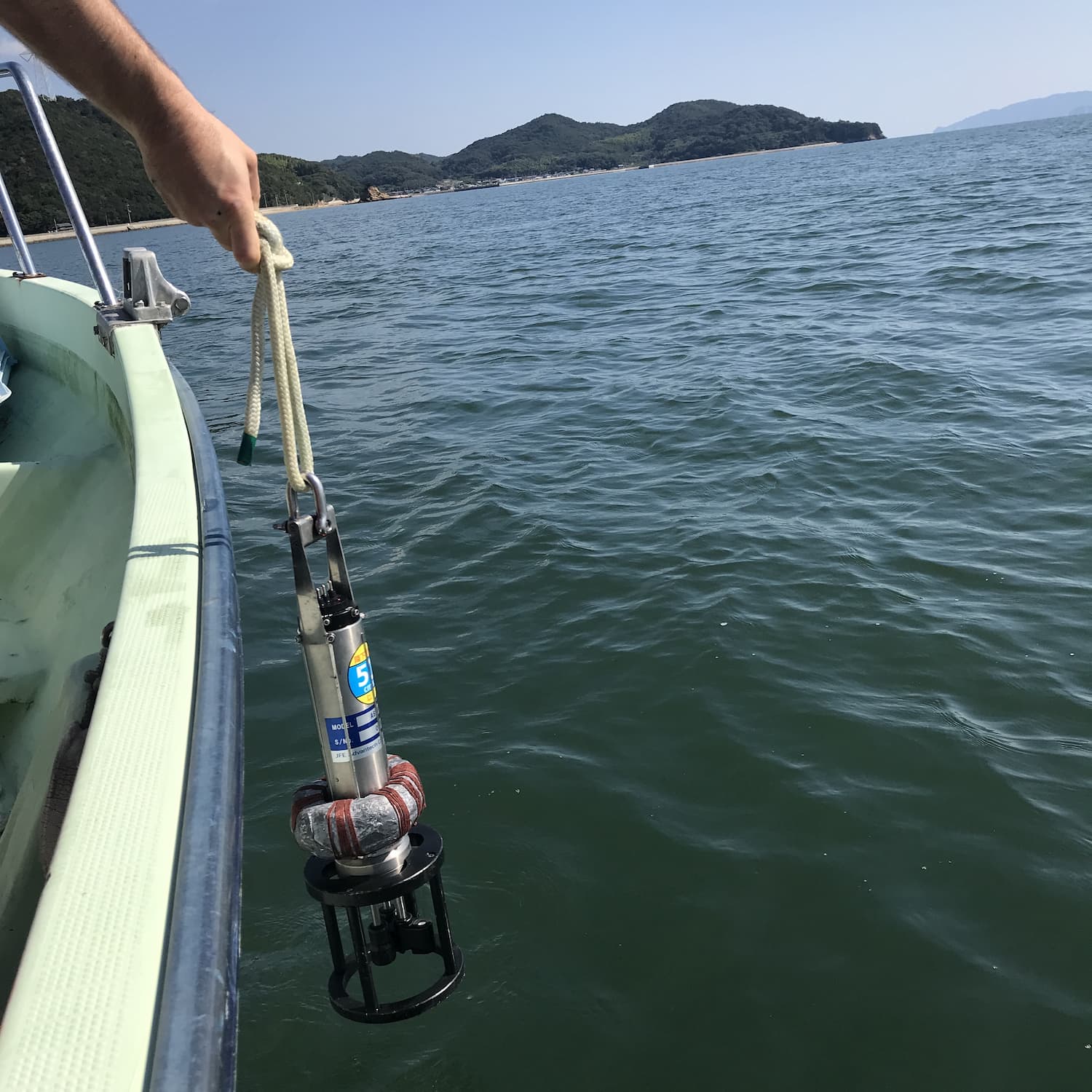
First results: a systematic omnipresence of microplastics
Observations and preliminary results from the mission showed the omnipresence of microplastics. «Microplastics were found in all the samples» it appears from the first results. It is further specified that it is on the surface of the water that the maximum concentrations of plastic have been observed. It is a fact: 100% of the samples processed contained microplastics and, among other things, various particles, polymers, polystyrene fragments, secondary microplastics (less than 5mm) or other elements used in fishing and oyster farming. «There is not a sample in which we did not find plastic» confirms Sylvain Agostini, Director of the mission.

Microplastics – and in particular many polystyrene elements – appeared in samples, whether they were taken from the surface of the water, from beaches or from marine sediments. Unsurprisingly: many scientific studies – such as the Blue Book of the Tara Ocean Foundation which surveyed the Mediterranean Sea in 2014, which would contain nearly 250 billion plastic particles – having shown that plastic pollution was mainly present on the surface of the ocean.
Microplastics screened by Tara-Jambio: heading to the laboratory
Each microplastic extracted by the Tara-Jambio researchers was collected on filter paper and documented under a microscope: size, texture, color, before being separated in a glass bottle in order to determine its total mass and subsequently identify its type of polymer.
The samples were taken from the mouth of a river, in a bay and further offshore to study the microbial community associated with the fragments of the collected plastic. The plastic fragments were removed by hand under a microscope immediately after removal and stored at -80°C. Sediment samples were first sieved through 5 mm and 300 μm sieves with tap water. The plastic was then extracted by separation (three repeated extractions) and the collected fraction was digested using peroxide sulfate to remove organic debris.
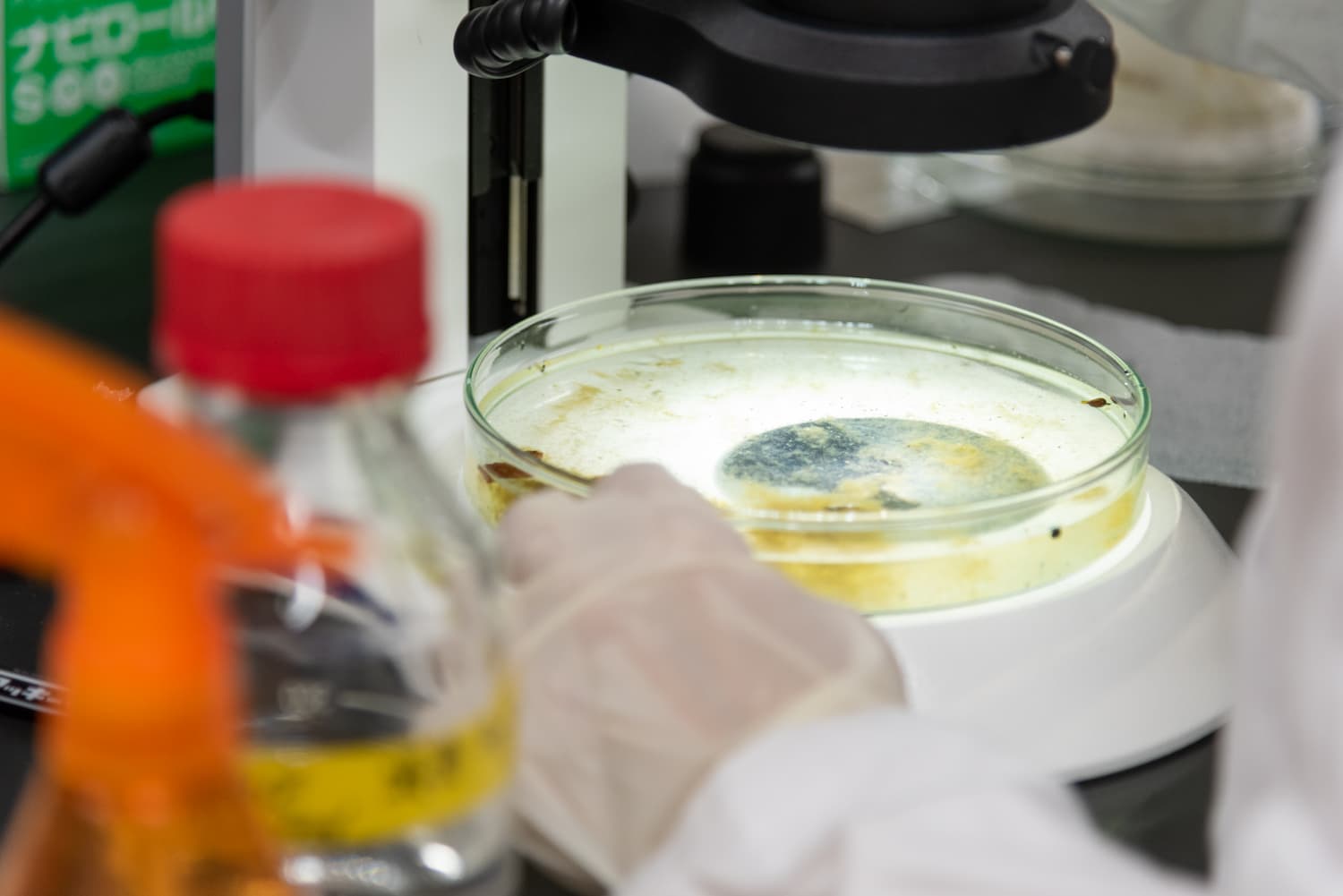
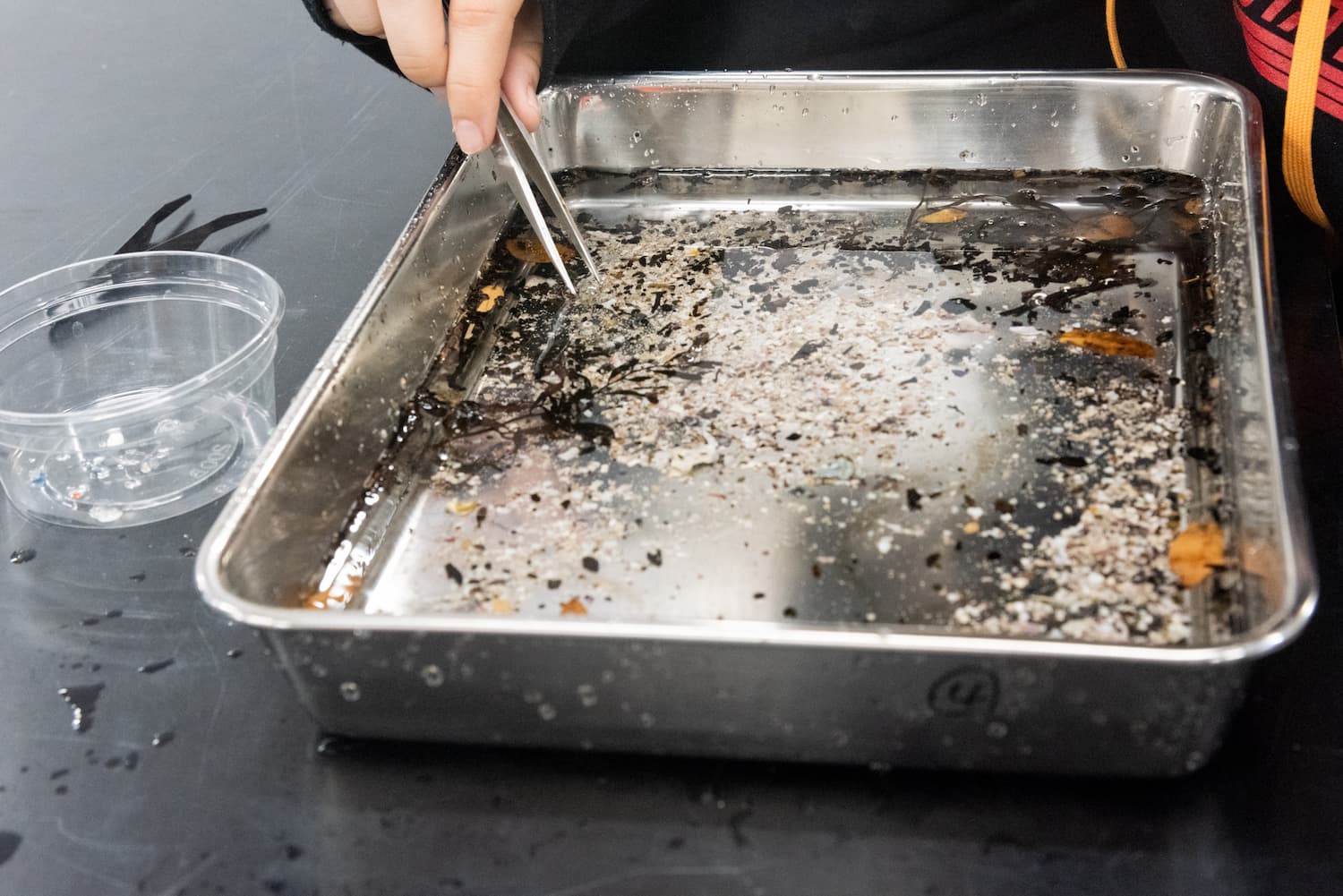
Tracing plastic into the food chain
How far, in some cases, can the microplastics extracted in the Tara-Jambio researchers’ samples and the microbes bound to the plastic particles permeate living tissues and be traced in the food chain to the point of going back to humans through a well-known process of bioaccumulation?
The question is complex. The Tara-Jambio mission «intends to see whether the bacteria discovered can prove to be harmful or even dangerous – or not – for the food chain», explains Jonathan Ramtahal, a researcher from Trinidad and Tobago joining the mission.
One example among others? Oysters, of which Japan is one of the major producing countries. Due to their tiny size, microplastics, inert or charged, as the case may be, with harmful substances, toxins, bacteria or other pathogens, can be ingested by oysters and subsequently enter the human food chain without difficulty.
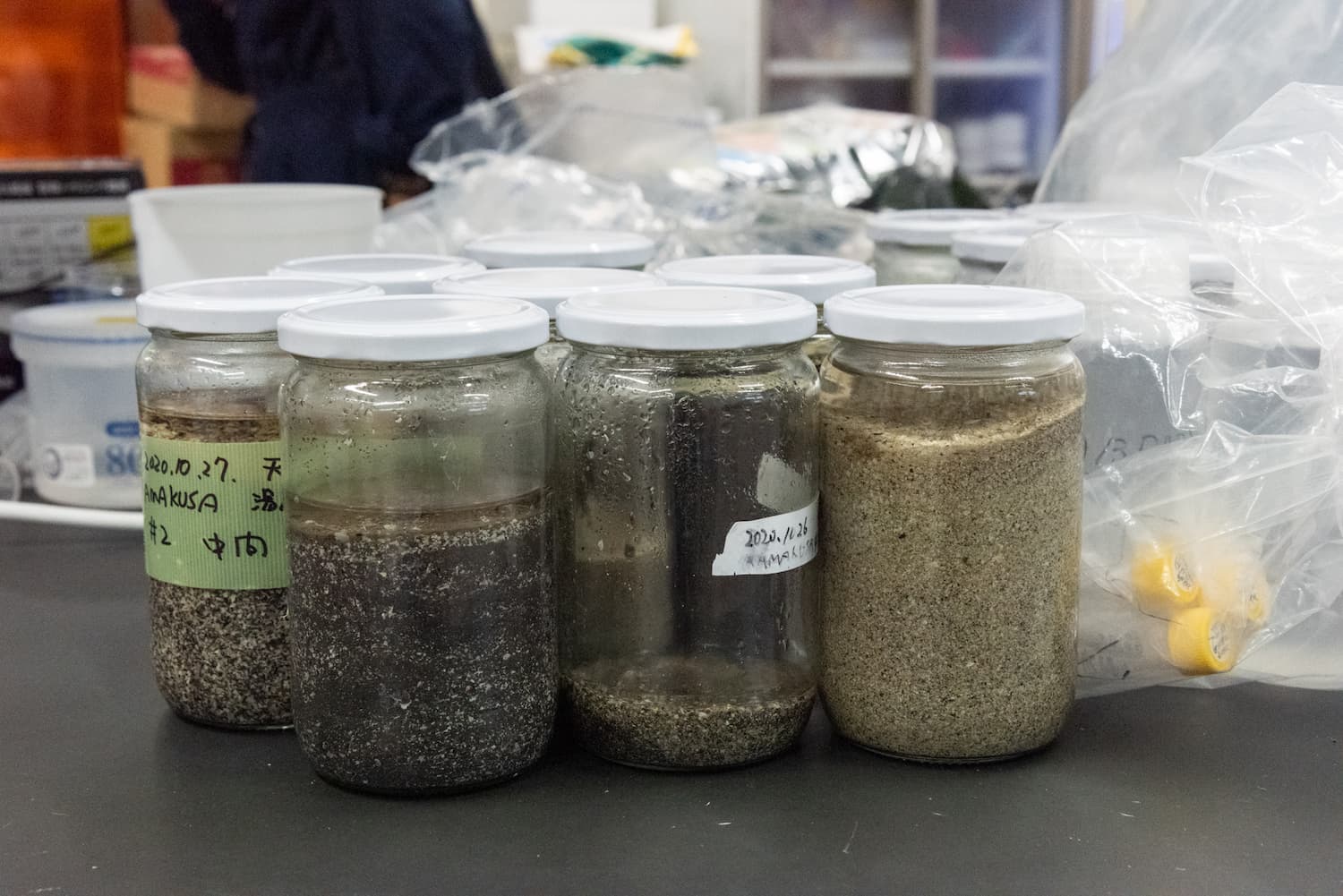
Japan: a plastic pollution hot spot
Japan is located at the Northern end of a «plastic pollution hot spot.»This, carried out to sea, feeds the «Pacific garbage park», the famous vortex of plastic macro-waste (more than 2 centimeters), discovered in 1997 in the North-East Pacific – whose extent (estimated more than 3 million square kilometers (the surface of India) had been observed by Tara teams during the Tara Pacific expedition (2016-2018).
«The Tara-Jambio mission also helps to raise public awareness of the real environmental disaster represented by plastic pollution in Japanese waters as well as the threats it poses to the oceans» emphasizes Sylvain Agostini.
Catastrophe: the word isn’t too strong. Filled with plastic macro-wastes, the ocean seems to have become, through a process of irreversible and autonomous fragmentation, a factory to manufacture twenty-four hours a day, without time limit, incredible quantities of microplastics floating on the surface, carried for ever by winds and currents. Especially since it is estimated that it takes several hundred years for any microplastic to completely disintegrate.
The solutions for fighting plastic at sea are on land
«It is crucial to stem, and first through strong actions on land, the hemorrhage of plastic at sea. Japan’s objective of recycling 100% of new plastic by 2035 is of course going in the right direction» says Romain Troublé, CEO of the Tara Ocean Foundation.
For the moment, the archipelago seems trapped in a paradox. Bags, disposable lunch boxes, fruits, sweets and cupcakes plastic packagings or toothbrushes from single-wrapped hotels, coffee cup lids, straws or double wrappers: according to the United Nations, Japan remains the second largest in the world for the amount of plastic packaging waste produced per capita, after the United States.
Overall, all countries combined, it is estimated that around 10 million tons of waste are dumped into the oceans each year and that 80% of these volumes are plastics. And it is in particular through the combined action of the sun, oxidation and currents that part of the plastic waste is transformed into micro-waste less than 5 mm in size: microplastics.
85 % of plastic waste “recycled” in Japan by incineration
According to official figures, Japan produces 9.4 million tons of plastic waste per year – or 37 kilos of single-use plastic waste on average per capita. Even if they became chargeable in 2020, the archipelago still distributes 40 to 50 billion plastic bags and sachets each year for everyday consumption.
Each Japanese person uses an average of 300 to 400 plastic bags per year. A world record. In question: the culture of packaging – secular but which has become very significant since the 1970s with the arrival of plastics (plastic-coated vinyl bags on rolls, sachets, etc.) in everyday consumption – is part of Japanese aesthetics. Culture of packaging that we find also today in China, South Korea or Thailand. The paradox, however, is that Japan considers itself a model for managing its “recycled” plastic waste (by incineration and C02 emission) up to 85% according to industry figures.
In 2019, the country set a goal to recycle 100% of new plastic by 2035. However, a tiny part of the enormous production of unrecycled plastic produced on land sewerage networks, rivers or even the effect of wind and storms, lands at sea – waste found directly at sea, in sediments, at the mouth of a river, in bays and creeks that are almost closed. To a lesser extent, major ocean currents carrying plastic waste from Southeast Asia or China, another industrial power very addicted to plastic.
The invisible and long-term danger of microplastics discharged at sea
In general, it is a fact, now widely documented – see and read the CNRS research work on this subject – that the additives (dyes, plasticizers or stabilizers) and chemical products (phthalates, bisphenol and others) contained in plastic and microplastic materials derived from polystyrene, polyethylene, polypropylene or said polyvinyl chloride, are less resistant to contact with a liquid element; they oxidize under the effect of a mass of heat associated with the water and are ultimately released into the marine environment. Some plastics are also real sponges for persistent organic pollutants (POPs), these complex molecules resulting from pesticides, combustion or industrial chemicals. Indeed, an ecological disaster.
Artistic collaborations around microplastic
Faithful to the philosophy of the Tara Ocean Foundation, which combines art with science and has invited artists to come aboard the schooner Tara since its launch at sea in 2003, Tara Ocean Japan invited eight artists in 2020 (painters, sculptors, musicians or photographers) to join several events and even the samplings of the Tara-Jambio campaigns.
In 2021, four artists, three students from the Tokyo University of Art, known as Geidai, led by professor, creator and artistic director Katsuhiko Hibino, participated in parallel in the campaign carried out in Shimoda. In 2022, two exhibitions of works of art are also planned, in parallel with the Tara-Jambio samplings, on the island of Awashima in Mitoyo (Kagawa prefecture) and during the summer in Hyogo prefecture, in Himeji.
